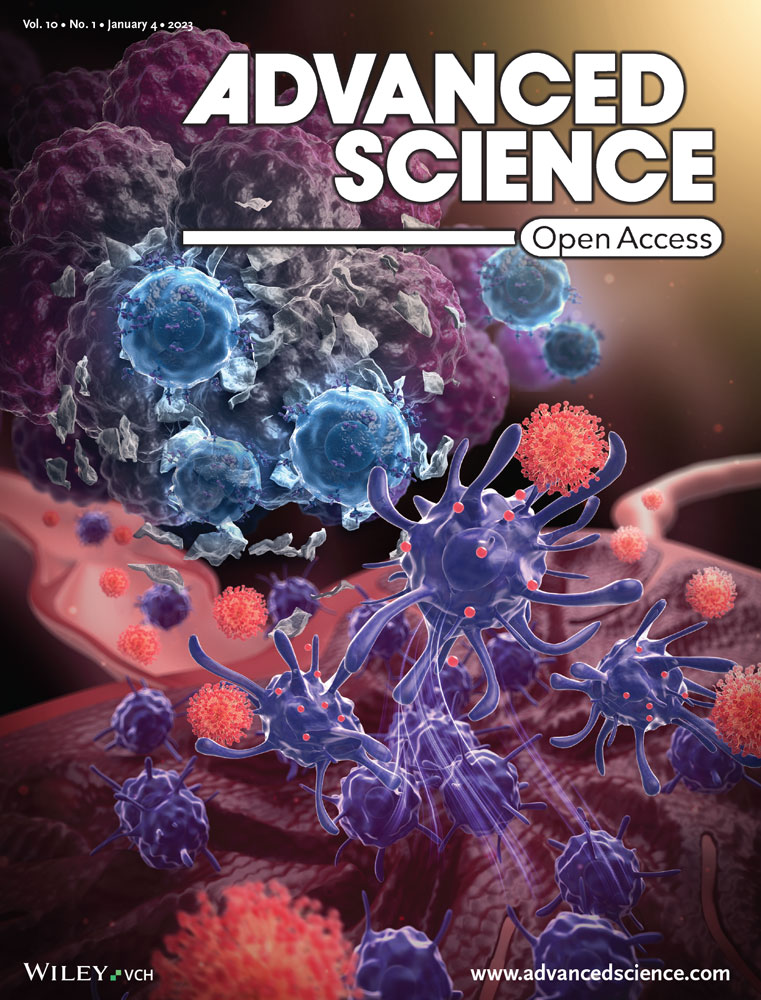Squamocin通过触发内质网应激相关的EZH2/MYC轴降解抑制肿瘤生长(Adv. Sci. 15/2025)
IF 14.3
1区 材料科学
Q1 CHEMISTRY, MULTIDISCIPLINARY
引用次数: 0
摘要
内质网应激反应喹诺霉素破坏线粒体呼吸复合体I功能,减少ATP的产生,并损害HSP90α功能。这些作用引起内质网(ER)应激并激活肿瘤细胞内未折叠蛋白反应。这进而触发UBA6-UBE2ZFBXW7泛素级联,增强内质网应激相关的泛素化和EZH2和MYC的降解,最终导致肿瘤生长停滞。更多细节可以在宁云山及其同事的2413120号文章中找到。本文章由计算机程序翻译,如有差异,请以英文原文为准。

Squamocin Suppresses Tumor Growth through Triggering an Endoplasmic Reticulum Stress-Associated Degradation of EZH2/MYC Axis (Adv. Sci. 15/2025)
Endoplasmic Reticulum Stress Response
Squamocin disrupts mitochondrial respiratory Complex I function, reduces ATP production, and impairs HSP90α function. These actions provoke endoplasmic reticulum (ER) stress and activate the unfolded protein response within tumor cells. This, in turn triggers the UBA6-UBE2ZFBXW7 ubiquitin cascade, enhancing ER stress-associated ubiquitylation and degradation of EZH2 and MYC, ultimately resulting in tumor growth arrest. More details can be found in article number 2413120 by Yunshan Ning and co-workers.
求助全文
通过发布文献求助,成功后即可免费获取论文全文。
去求助
来源期刊

Advanced Science
CHEMISTRY, MULTIDISCIPLINARYNANOSCIENCE &-NANOSCIENCE & NANOTECHNOLOGY
CiteScore
18.90
自引率
2.60%
发文量
1602
审稿时长
1.9 months
期刊介绍:
Advanced Science is a prestigious open access journal that focuses on interdisciplinary research in materials science, physics, chemistry, medical and life sciences, and engineering. The journal aims to promote cutting-edge research by employing a rigorous and impartial review process. It is committed to presenting research articles with the highest quality production standards, ensuring maximum accessibility of top scientific findings. With its vibrant and innovative publication platform, Advanced Science seeks to revolutionize the dissemination and organization of scientific knowledge.
 求助内容:
求助内容: 应助结果提醒方式:
应助结果提醒方式:


